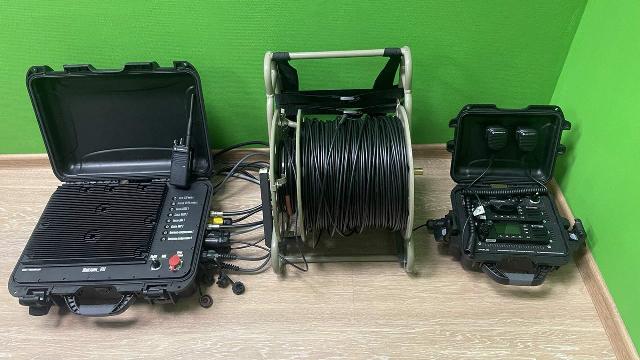The Peacock system allows drone commanders and operators to remain unnoticed by the enemy
Tests of the Peacock complex are being completed in Russia, and its entry into the army is expected in the near future. It is designed for remote control of communication means, allowing you to protect fighters when working with equipment. This makes it possible for commanders, drone pilots and other communications operators to be at a considerable distance from receiving and transmitting devices. If the radio station is located and hit, the operator will remain safe. Experts note that the enemy has the means of electronic intelligence and the Peacock will save many lives.
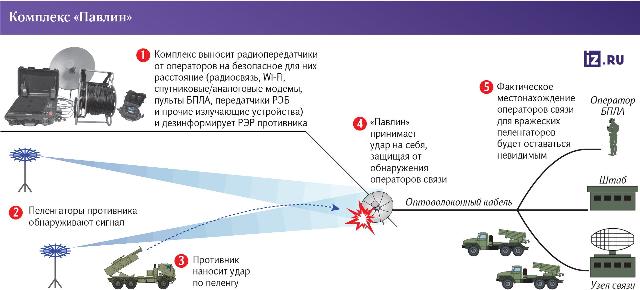
According to the needs of the troops
The Peacock complex is designed for tactical masking of communications equipment, allowing all receiving and transmitting devices to be placed at a safe distance from operators, such as radio stations, UAV control panel transmitters, satellite modems and other devices that can be targeted by the enemy.
Accordingly, the soldier using the connection is located at a distance from the equipment. And if the equipment is detected and hit, he will not be harmed.
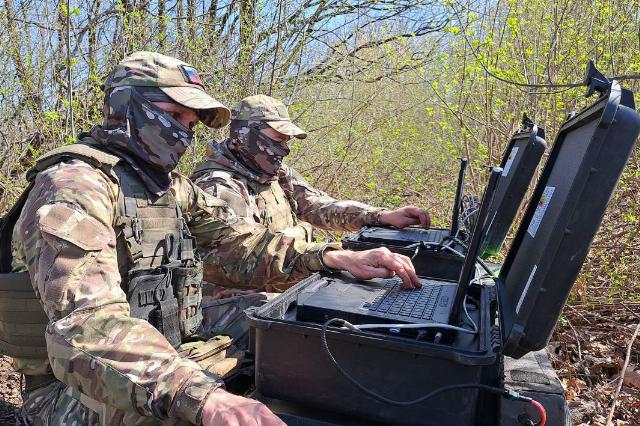
Photo: IZVESTIA/Dmitry Astrakhan
Image source: iz.ru
— The development of the complex began in March 2023 based on the results of a business trip for the ribbon, — Sergey Musatov, CEO of the developer, Technoreform company, told Izvestia. — During the discussion with the military on the tactics of enemy shelling of radio points and UAV operators, we saw the urgent need for such a solution for headquarters, UAV operators and decision-making sites.
The main advantage of the new system is that it allows you to spread transceivers and their operators over an unlimited distance over an optical cable (LAN), with a wide range of options and encryption of communication channels. There are no direct analogues of this complex either in Russia or abroad.
The prototypes were delivered to the war zone in September last year. They were used by units of volunteer formations and the 40th Marine Brigade. The fighters highly appreciated the effectiveness of the complex and additional options that bring the capabilities of radio intelligence and electronic warfare to a new level, said the CEO of the company.
— The reviews are very good, because with the increase in radio masking, headquarters locations, decision—making centers and just temporary clusters of soldiers and officers began to be less exposed to rocket and artillery attacks, - said Sergey Musatov.
Additional disguise
The Peacock complex masks communications equipment, which means the locations of headquarters, command posts, and positions of drone operators, military expert Yuri Lyamin told Izvestia.
— A serious source of radio emission is quickly detected by modern means of electronic intelligence, — the expert noted. — And the enemy has them. The point from where the data is being transmitted is immediately calculated, and it is hit as quickly as possible. In this case, our fighters should wait for an artillery raid, a HIMARS missile or the arrival of a drone. On the line of contact, any communication node or transmitter is an additional risk of attracting enemy strike forces. Peacock-type complexes will help to deceive the enemy's electronic intelligence facilities. His strike will not be on the headquarters or a group of fighters who have contacted, but on the transmitter. The complex will be lost, but it will save the lives of our servicemen and will not paralyze the work of the headquarters, group or unit. It must be understood that the death of the commander can disorganize the work of the unit, seriously complicate the position of our forces in one or another sector of the front.
The expert also noted that the Peacock itself can also be moved, and this is easier to do than evacuate the headquarters.
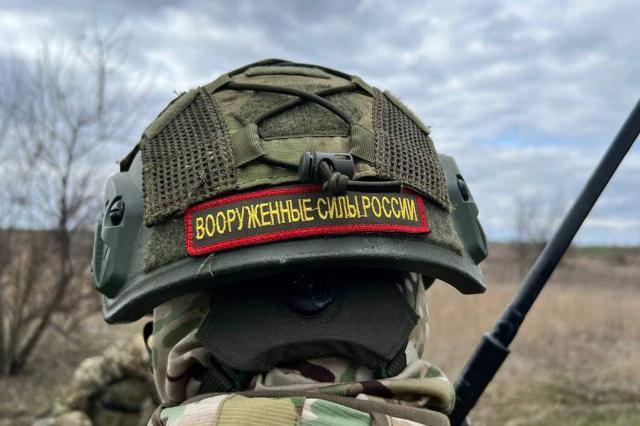
Photo: IZVESTIA
Image source: iz.ru
— Such a system allows you to quickly and simply scatter several spare and main antenna posts and switch between them, — Dmitry Kornev, editor of the MilitaryRussia portal, told Izvestia. — They can be used to transmit information, to control drones. Such a development is useful and promising. The army will find how to apply it. It is important that the lives of those connected with communications, communications, and drone control will be saved.
The optical cable allows you to transmit a huge amount of information over any distance, Dmitry Kornev noted.
— It is absolutely noise—proof, its operation cannot be detected by any means, - he explained. — The antenna post is taken out, and the enemy sees only it. He can destroy the post, but the operator will not be harmed then. We'll lose the antenna, but the operator will be safe. If he has several such antenna posts — one active and a couple in reserve — then he will even continue to work. Firstly, such a system gives a bonus when the enemy uses electronic intelligence, when he reveals our positions on radio exchange and communications. Secondly, it is a bonus when the means of destruction are aimed at the signal source — the operator will remain safe, and this is the most important thing.
Earlier, Izvestia reported that Russia has created an Umbrella-type electronic warfare system, which is capable of jamming enemy FPV drones within a radius of up to 500 m. The development was initiated at the request of Russian military personnel from the combat zone. None of the FPV drones used during the tests could fly up to the "Umbrella". Depending on the type of UAV, the picture or control channel is lost, and sometimes both.
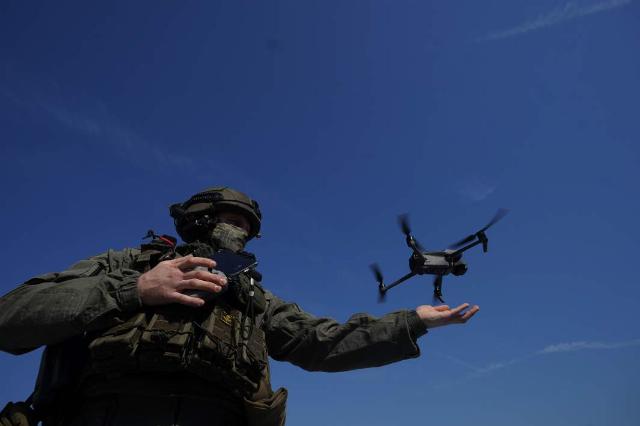
Photo: IZVESTIA/Eduard Kornienko
Image source: iz.ru
In addition, work has begun on combining electronic reconnaissance (RER) and electronic warfare (EW) systems from different manufacturers into a single network on the battlefield. It will help to identify and suppress enemy drones, but not interfere with the operation of their UAVs.
The system will allow fighters of neighboring units to receive information on the radio-electronic situation in adjacent sections of the line of contact. According to the representative of the project, after a month of active work, the development of a basic version of the data exchange of the leading edge of interaction with five manufacturers was completed, with the same amount in the process.
Julia Leonova
Roman Kretsul
Bogdan Stepovoy
